The Flowers in the Dustbin (Super Mario 64)
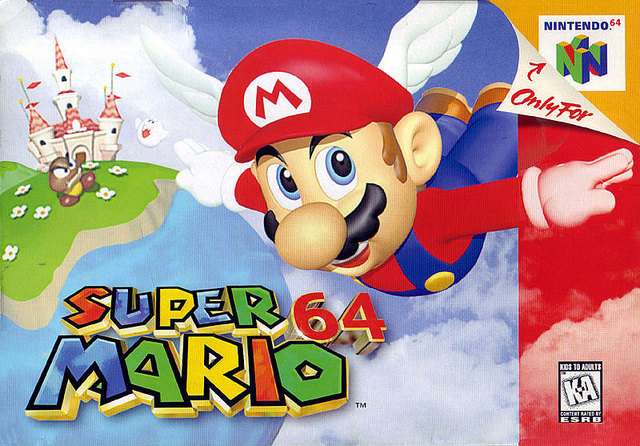 No comics reviews this week. I just can’t. We’ll see about next week when we get there, but I was thinking of winding down the feature anyway, so peg your expectations accordingly. Instead, here’s this week’s Super Nintendo Project.
No comics reviews this week. I just can’t. We’ll see about next week when we get there, but I was thinking of winding down the feature anyway, so peg your expectations accordingly. Instead, here’s this week’s Super Nintendo Project.
The future arrived in late September 1996, untethered to any major gift-giving occasion. My assumption in hindsight is that my mother, giddily triumphant after scoring one on the sly and apparently correct logic that Toy Works was still a place that would get a shipment but was not a place where they’d sell out in thirty seconds, couldn’t resist giving it to me immediately. It seems as though I must have known the Nintendo 64 was coming, just because it’s hard to imagine myself as a person who didn’t know things like that a new Nintendo console was coming out, but I honestly can’t even remember a trace of anticipation for the future. Perhaps that’s just where I was in late 1996. Certainly it was something of a low point for me, as adolescent depression’s teeth sunk in deepest and my academic performance began to degrade in the face of a simple and blunt inability to drag myself through page after page of rote busywork.
So it’s perhaps not a surprise that I was at the time unimpressed by the future. But oh boy was I. I beat Super Mario 64, but my desire to go back and collect further stars was essentially nonexistent. My objections were numerous and diffuse. I saw the “hunt for six stars in a level” schtick as little more than flagrant cover for the fact that there weren’t actually very many levels in the game, found the camera thoroughly unsatisfying, and hated holding the weird M-shaped controller by the middle and right prongs.
Most, though not all of this, was unfair, at least as a judgment of the future, in that it amounted to peculiarities of the early-version tech involved in Super Mario 64. Yes, the multiple stars per level were a workaround to deal with the fact that the cartridge could only hold so many of of the big 3D levels, but with subsequent games in the 3D star-hunt format this restriction loosened, and levels started getting the number of stars they could interestingly fit instead of six come hell or high water. The camera, likewise, gradually improved its basic AI, and the eventual switch away from the four-button C-Pad of the Nintendo 64 towards cameras controlled by a second analog stick took away most of the annoyance involved in Super Mario 64. Likewise the controller design, rooted in an understandable but still fundamentally erroneous guess that the D-Pad would remain the primary control mechanism for most games, was subsequently ditched, with future controllers, whether Nintendo’s or not, positioning the analog stick in more ergonomically pleasant locations.
(A side note on the multiple stars per level. On the one hand Super Mario 64 is focused on the search for a singular and defining object – a golden star around which entire worlds are organized.…

.png) Blasphemy, they would have said.
Blasphemy, they would have said.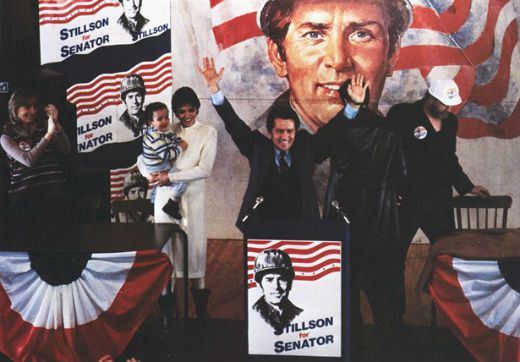 Sorry about missing Thursday, but
Sorry about missing Thursday, but 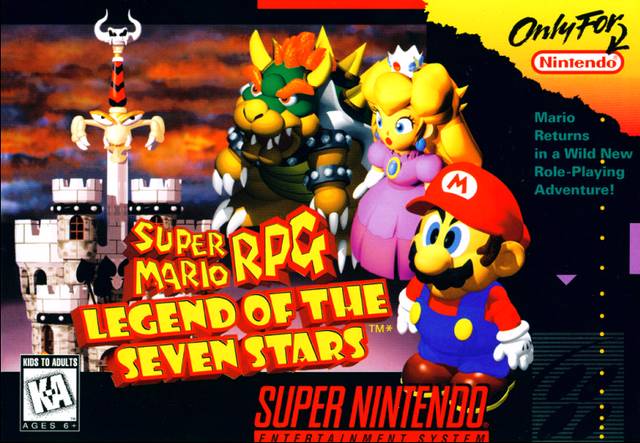 One final guest post from Anna Wiggins. Also,
One final guest post from Anna Wiggins. Also, 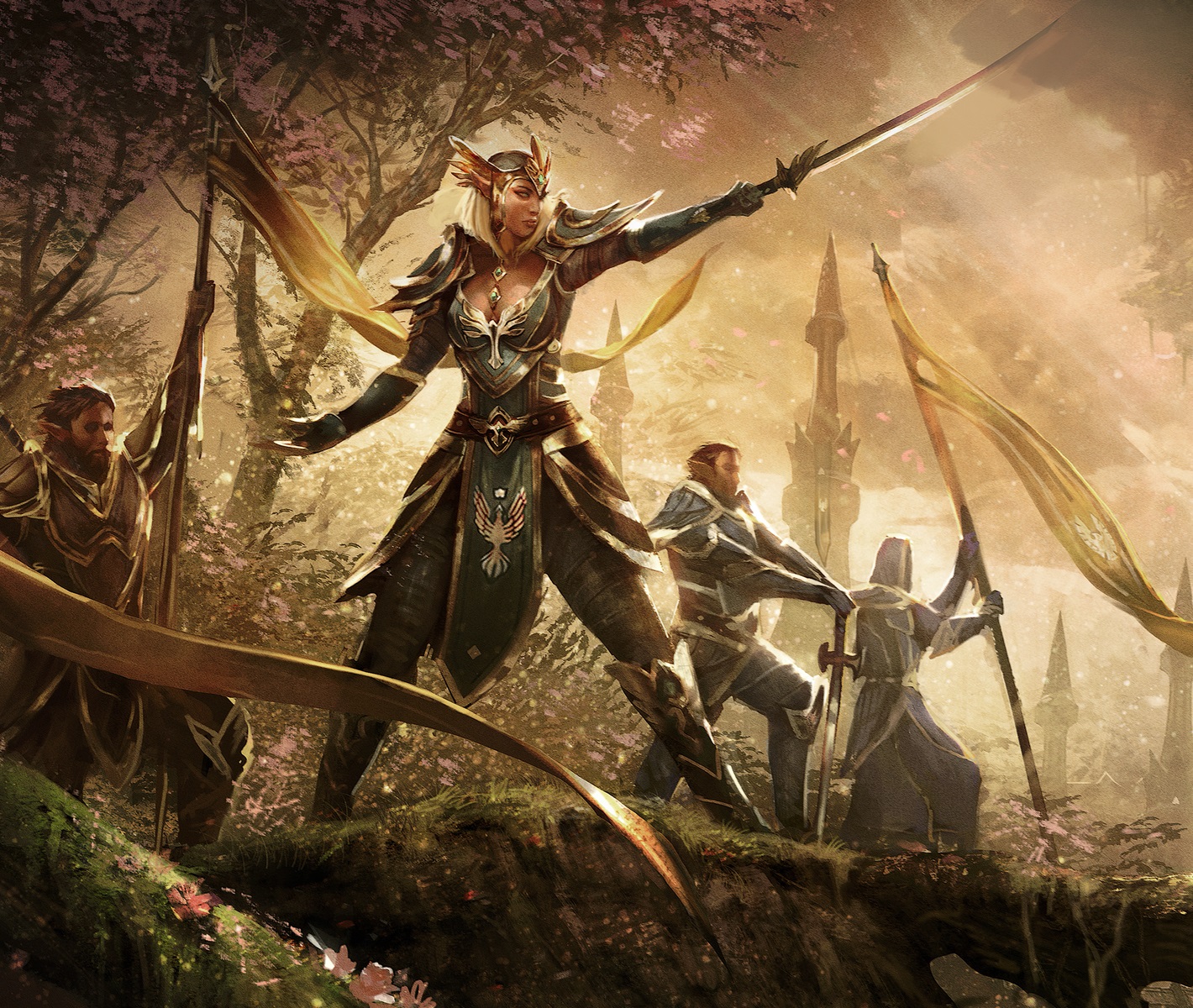
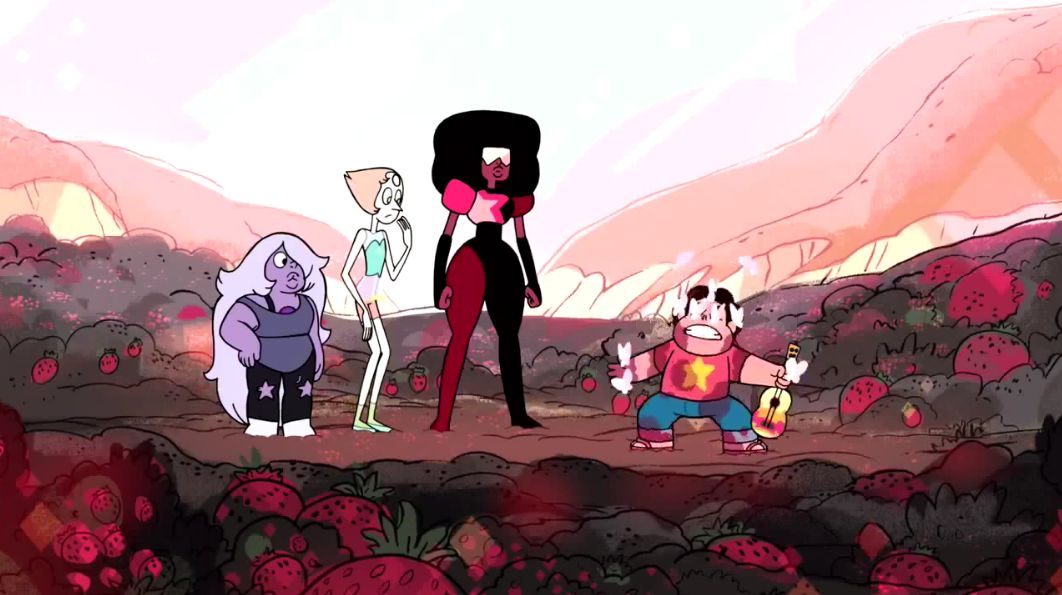 Hi all,
Hi all,